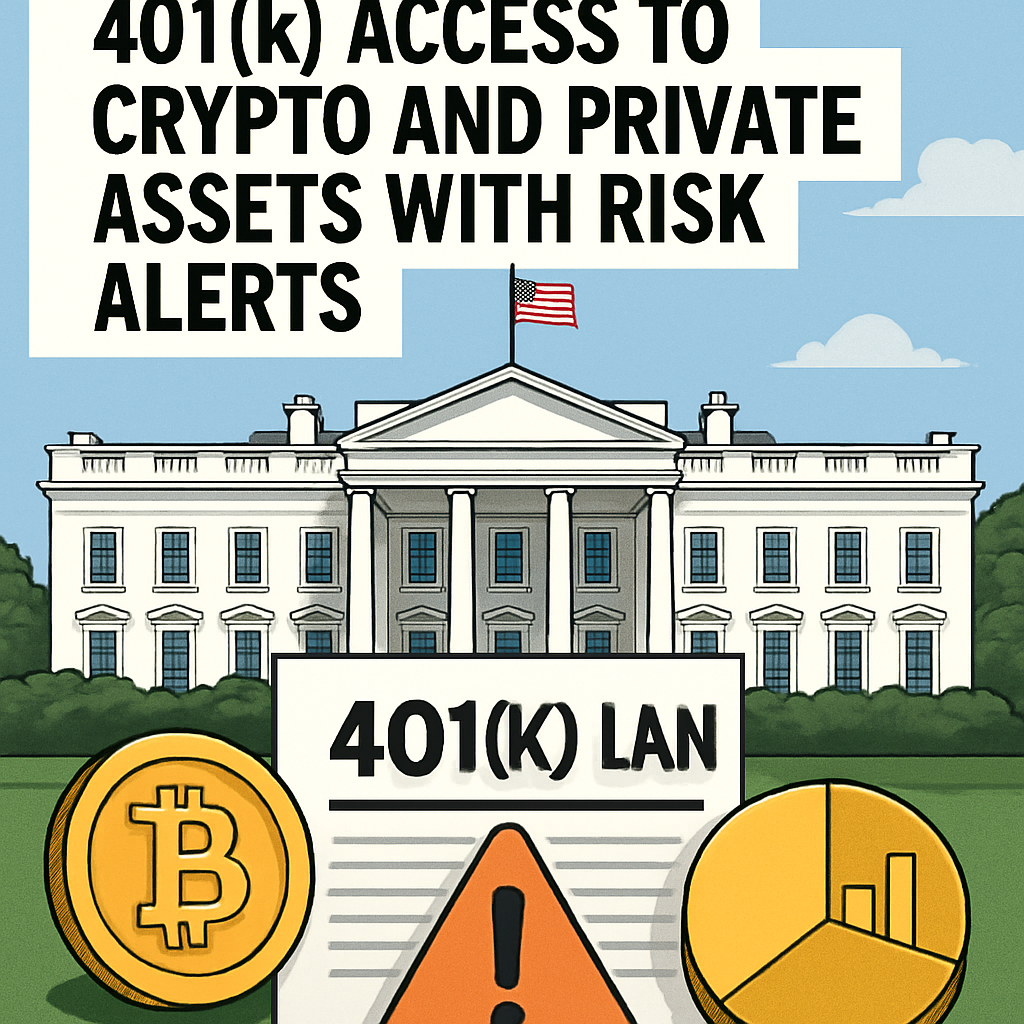An executive order signed on August 10 2025 instructs the Department of Labor, Securities and Exchange Commission and Treasury Department to revise regulations governing defined contribution retirement plans. Under the revised framework, plan sponsors are required to incorporate alternative investments such as private equity vehicles, venture capital funds, digital asset trusts and other privately held companies alongside traditional mutual funds.
The order mandates the establishment of standardized disclosure protocols tailored to non-public investment vehicles. These protocols will include monthly reporting on asset valuations, fee structures and redemption terms. In presenting this regulatory shift, the administration cited the potential for enhanced portfolio diversification and long-term return opportunities historically available only to institutional investors.
Industry critics, however, highlighted significant concerns. Illiquid and opaque investment vehicles carry “2 and 20” fee models—2% management fees plus 20% of profits—which contrast sharply with the average 0.26% expense ratio of conventional 401(k) mutual funds. Opponents argue that higher fees will erode retirement savings and that limited secondary markets for private assets could impede participant withdrawals during market stress.
Advisory firms stressed the need for robust compliance and risk management frameworks. Cerulli Associates released a report underscoring the mismatch between daily net asset value calculations used for mutual funds and the periodic, manager-driven valuations of private investments. Implementation guidance will require plan administrators to develop detailed due diligence processes, including stress testing of asset liquidity under adverse conditions.
Legal professionals advised trimming potential litigation risks by ensuring participant education and disclosure complete with clear language on fee structures, redemption policies and investment complexities. Asset managers, meanwhile, are exploring new product designs with lower fee tiers and partial liquidity solutions to meet the evolving demand for private market access within retirement vehicles.
Supporters of the policy contend that these changes will democratize access to high-growth sectors of the economy, previously reserved for endowments and wealthy investors. They argue that over time, transparent fee schedules and competitive product offerings will foster market innovation and benefit retirement savers. The coming months will reveal whether plan sponsors, fiduciaries and regulators can align on implementation strategies that balance opportunity against risk in this landmark shift for retirement investing.

Comments (0)